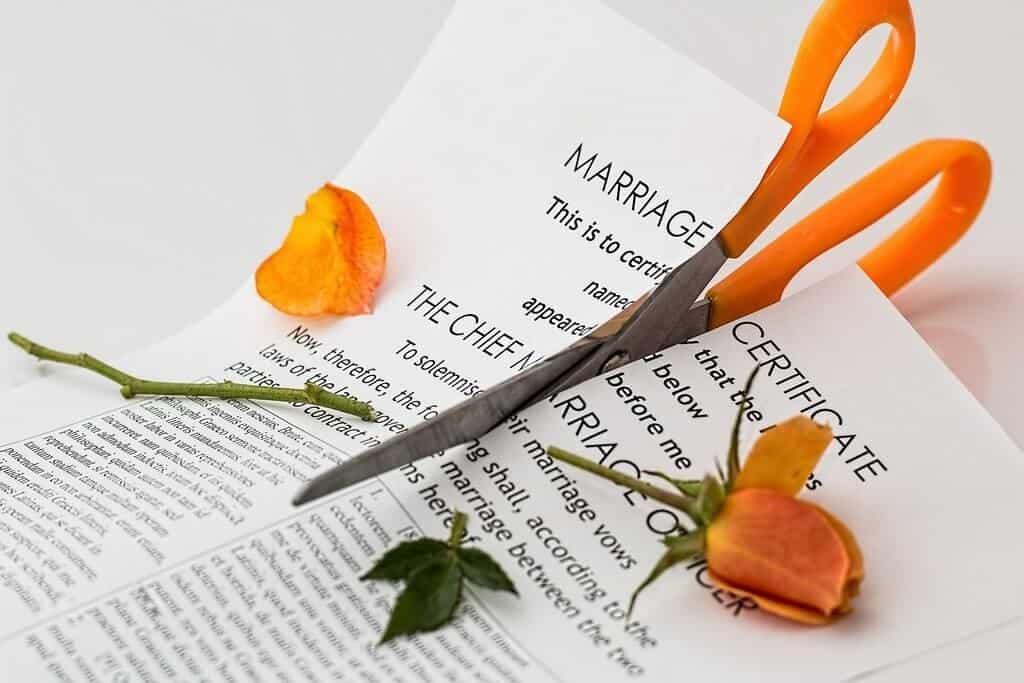Long-time clients, Dave and Marge (names changed to protect my clients), broke the bad news to us last week. They’re splitting the sheets, literally, and dividing their assets. Seems pretty easy on the surface, but as they found out, it isn’t always as simple as it seems. Dividing assets in a divorce is rarely an easy, straightforward process. This is especially true when couples split up late in life.
Dave and Marge are not unlike many married couples we see that are going their separate ways later after many years of marriage. But now that they have acquired many assets (individually and together), figuring out where they go and to whom can be a bit more trick than just dividing everything down the middle. In Dave and Marge’s situation, asset ownership has become intertwined (or commingled), resulting in shared ownership of most of their property. But not all their assets are commingled so untangling their property will be a real challenge.
We often have the opportunity to work with divorcing couples and their attorneys to ensure a fair and accurate division of assets. With Dave and Marge, we have an advantage over what we usually experience with couples that divorce…they kept their estate plan up-to-date and annually provided us with current financial information. This puts them well ahead of most couples who usually have a lot of work in front of them just to get the process started.
But with Dave and Marge, their plan was up to date…making the entire process more straight forward and easier to manage. When a couple has an Estate Strategy and Plan in place, they have a much easier time when it comes to the division of the estate. It also allows us to help protect them from unintended consequences, and assure them their wishes will be honored when they die.
Not ALL Assets are the same…
Even though Dave and Marge had a 41-year old prenuptial agreement, many of their assets have become commingled. After all these years, a key (and sometimes difficult) question is, “what’s separate property and what’s community or marital property?” The answer to this can be relatively straightforward or quite complex, depending on the condition of their estate plan and if this has been identified prior to the divorce.
To help give you a general guideline for how this is treated (it varies by state), here is a start to how you can determine the difference between the two. Separate property includes any property owned by either spouse before the marriage and any inheritances or gifts received by either spouse, before or during the marriage. Community or marital property (commingled) is typically any property that is acquired during the marriage, regardless of which spouse owns or holds title to the property.
It’s important to remember that marital property isn’t just houses and cars. It includes pension plans, 401(k)s, IRAs, stock options, life insurance, closely-held businesses and more. The majority of time couples are surprised by what fits into the “separate bucket” and what fits into the “marital bucket.” Having an estate plan in place ahead of time makes this a much easier discussion and process.
In addition, it’s also helpful to know that separately owned property that increases in value during the marriage may have the “increase” included in the value of the marital property.
In the situation of Dave and Marge, there is another very important part to their story, well after the divorce has been settled. What happens after they divide up their assets? As with any couple, they need to go about reorganizing their estate plans and redefining their asset base and once again determine the distribution of these assets upon their passing. The assets didn’t change, just the ownership of them and how they choose to distribute these to their loved ones…which may be completely different today now that they are divorced.
If you (or someone you know) are facing a divorce late in life, I would highly recommend you get some guidance on what your options are BEFORE the actual event occurs. This should be part of your overall Estate Strategy and Plan. By discussing the options before the event occurs can save a lot of time, money and grief.
If you aren’t certain about how this might change your level of RISK, I would encourage you to take our complementary Risk Assessment Profile and get a better idea of your current level of risk…before moving into the discussion of a divorce. As always, with everything we do, if you ever have a question please let us know and we would be happy to give you some insights so you have a better idea of what you need to do next.



